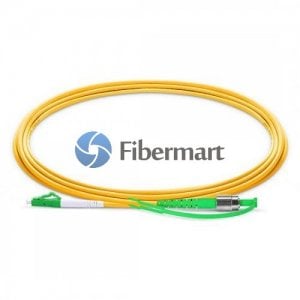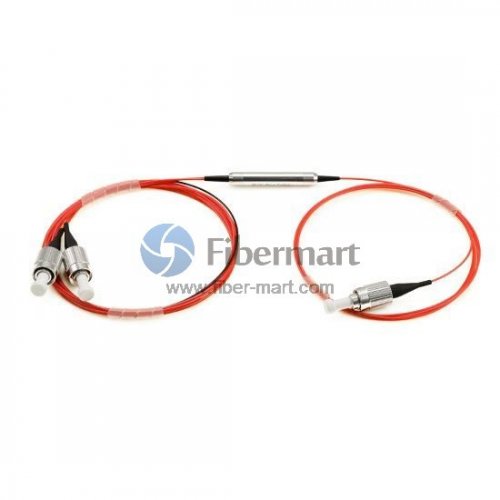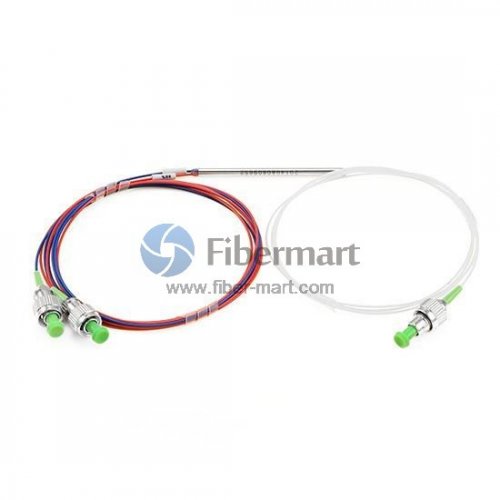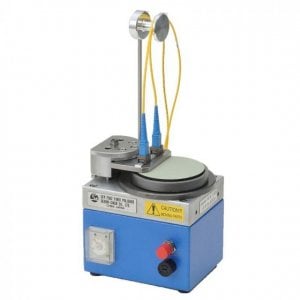In today’s digital age, the demand for robust and reliable data transmission has never been higher. As businesses and households increasingly rely on fiber optic technology, armored fiber cables have emerged as a vital solution for ensuring durability and performance. These cables are specifically designed to withstand harsh environmental conditions, making them ideal for various applications, from telecommunications to industrial settings.
What is Armored Fiber Cable?
Armored fiber cable consists of fiber optic strands encased in a protective layer of armor, typically made from steel or aluminum. This additional layer safeguards the delicate fibers inside from physical damage, including impact, crushing, and rodent attacks. Unlike standard fiber cables, which are more vulnerable to external threats, armored cables provide enhanced protection, making them suitable for outdoor and high-risk environments.

Key Benefits of Armored Fiber Cable
- Enhanced Durability: The primary advantage of armored fiber cable is its durability. The robust outer layer protects against environmental factors such as moisture, extreme temperatures, and physical stress, ensuring the cable remains operational in diverse conditions.
- Protection from Pests: Rodent damage can be a significant issue for standard fiber cables, especially in outdoor installations. The armored layer deters pests, reducing the risk of costly interruptions in service.
- Flexibility in Installation: Armored fiber cables are designed to be flexible, allowing for easier installation in various settings, including underground conduits and overhead applications. This adaptability makes them suitable for both urban and rural deployments.
- Improved Signal Integrity: By minimizing the risk of damage, armored cables help maintain the integrity of the fiber optic signal, ensuring reliable and high-speed data transmission.
Applications of Armored Fiber Cable
Armored fiber cables are used in a wide range of applications, including:
- Telecommunications: For connecting network infrastructures, especially in outdoor environments.
- Industrial Settings: To provide reliable connectivity in factories and manufacturing plants where equipment may be subject to physical stress.
- Military and Defense: To ensure secure and resilient communication networks in challenging conditions.

Conclusion
In a world increasingly dependent on fast and reliable data transmission, armored fiber cables offer a robust solution for protecting vital communication infrastructures. Their enhanced durability, resistance to environmental factors, and pest protection make them an ideal choice for various applications. Investing in armored fiber cable ensures not only the longevity of your network but also the uninterrupted flow of information that modern society relies on.

























